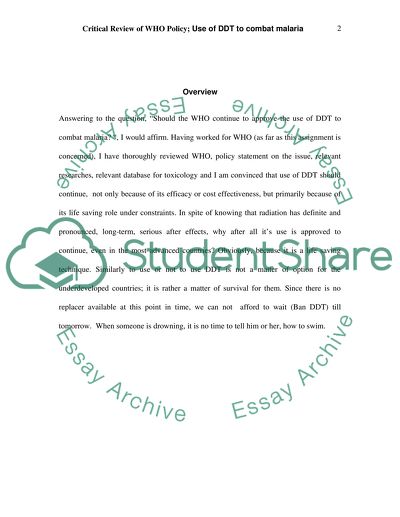Cite this document
(“Back Belts Article Example | Topics and Well Written Essays - 500 words - 1”, n.d.)
Retrieved from https://studentshare.org/other/1423311-back-belts
Retrieved from https://studentshare.org/other/1423311-back-belts
(Back Belts Article Example | Topics and Well Written Essays - 500 Words - 1)
https://studentshare.org/other/1423311-back-belts.
https://studentshare.org/other/1423311-back-belts.
“Back Belts Article Example | Topics and Well Written Essays - 500 Words - 1”, n.d. https://studentshare.org/other/1423311-back-belts.


